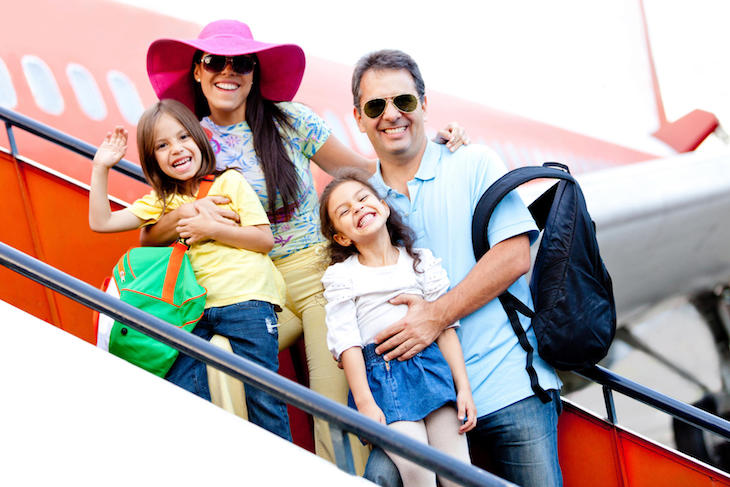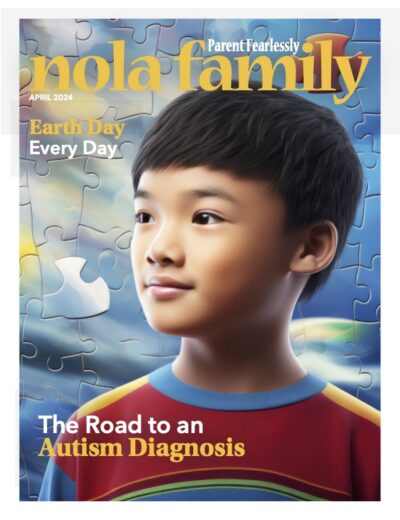
Tips For Traveling With Babies
Your top concerns–TSA screenings, ear pain, car sickness, utter boredom–addressed.
UP AND AWAY. Making flights a bit smoother.
Security Check-Points
They’re still a pain, but the TSA security screenings allow some lead way for infants and children.
1. Kids 12 and under may leave their shoes on.
2. If your child sets off an alarm, he will be allowed to walk through the metal or advanced imaging detector multiple times before officials try other screening measures.
3. If your child becomes uncomfortable or upset during a screening, security officers are supposed to consult with you about the best way to relieve her concern.
4. Baby formula and food as well as bottled breast milk are considered medically necessary and this you may carry-on quantities in excess of 3.4 ounces. You must alert the screening officer about them at the beginning of the checkpoint, and they will be subjected to additional screening which could include being opened.
5. If your child has a disability, medical condition or medical devices, and if you think she may become upset during the screening process, discuss with the TSA agents how you think the situation should be handled.
Making the Most of Air Travel
1. Don’t rush to board early. Children will just have longer to get ancy
2. Make sure you have plenty of diapers, as well as bottled formula or breast milk.
3. If your child is older, have a treat bag with food and snacks. The flight might be scheduled for just one hour, but delays could stretch it much longer.
4. Pack a change of clothes for your baby in your carry-on, just in case.
5. Wait till your en route to unveil a new, travel-appropriate toy.
Protect Sensitive Ears
Their narrow eustachian tubes might not be able to equalize changing cabin air pressure during landings, causing pressure and pain on the eardrum. Help prevent it by:
1. Taking your child to her pediatrician at least a week before your scheduled flight if she shows any signs of an ear—or sinus—infection, so you can treat it in time, or if she has recently been treated for one, so you can be sure it’s healed properly.
2. Placing ear plugs or cotton balls in baby’s ears to ease noise from the plane’s engines.
3. Offering a pacifier, bottle or breast to have your baby suck during take-offs and landings.
Making the Most of the Car Ride
Combat motion sickness
When our kids’ senses receive conflicting signals about motion—like their middle ears sensing the motion of a moving car, but their eyes not being able to see out the window—motion sickness can occur. Here are tips to ease the quease:
1. If possible, end the car ride as soon as your child starts feeling ill, and let her get out and walk around.
2. If taking a long trip, plan many stops along the way as a preemptive strike.
3. If your child hasn’t eaten in a few hours, give him a light snack before heading out in the car.
4. If possible, have your child to look out the window while riding in the car.
5. Check with your child’s pediatrician about prescription or OTC medications; there are several available for children over age two.

